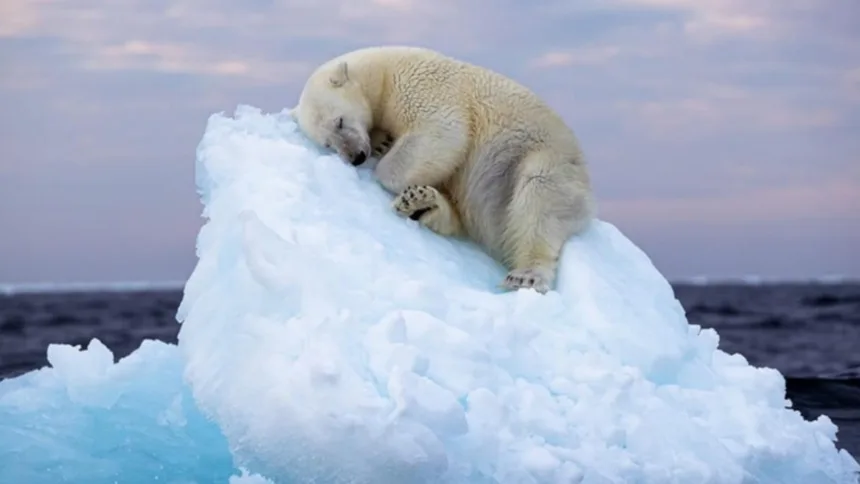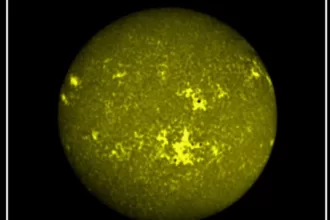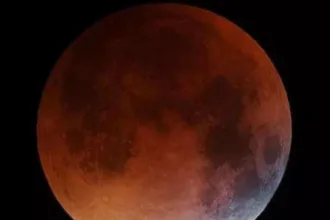Every year, the National History Museum organizes this competition. The organizers have also posted a blog about the photographs.
Every day, a new photograph becomes a topic of conversation on the internet. Actually, there is something about these photographs that draws people’s attention. Neema Sarikhani has been generating a lot of waves on social media for a while. This is occurring because he took an extraordinary shot of a polar bear sleeping on a little piece of ice, which has received a lot of attention. This image won the Wildlife Photographer of the Year People’s Choice Award.
There is a competition every year
Nima captured this picture with her camera after searching for polar bears on the Norwegian islands for three days. Let us tell you that every year this competition is organized by the National History Museum. The organizers have also shared a blog regarding the pictures.
Ice Bed won the title
Sarikhani’s shot is thought to have been taken from an ice bed. Nearly 75 thousand people voted for this photo, which helped him win. “I am deeply honored to win the People’s Choice Award for Wildlife Photography of the Year in this year’s most prestigious wildlife photography competition,” the photographer told the museum of his accomplishment.
He went on to say, “Climate change is the most significant challenge we face.” I hope this image gives folks hope. There’s still time to rectify the disaster we’ve made.
The tournament attracted participants from all across the world. Their photos have circulated on social media.
He also won hearts
Let us tell you that, apart from ‘Ice Bed’, ‘The Happy Turtle’ by Tjahi Finkelstein and ‘Starling Murmur’ by Daniel Dancescu were highly appreciated. As for Sarikhani’s work, it will be displayed at the Wildlife Photographer of the Year exhibition in South Kensington, central London, until June 30.
Due to climate change…
Museum director Dr. Douglas Gur says that Neema’s picture has shown the beauty of our world. He further said, ‘His picture creates awareness about animals and their habitats. It also tells how the habitat of animals is being damaged due to climate change.
Read More:






